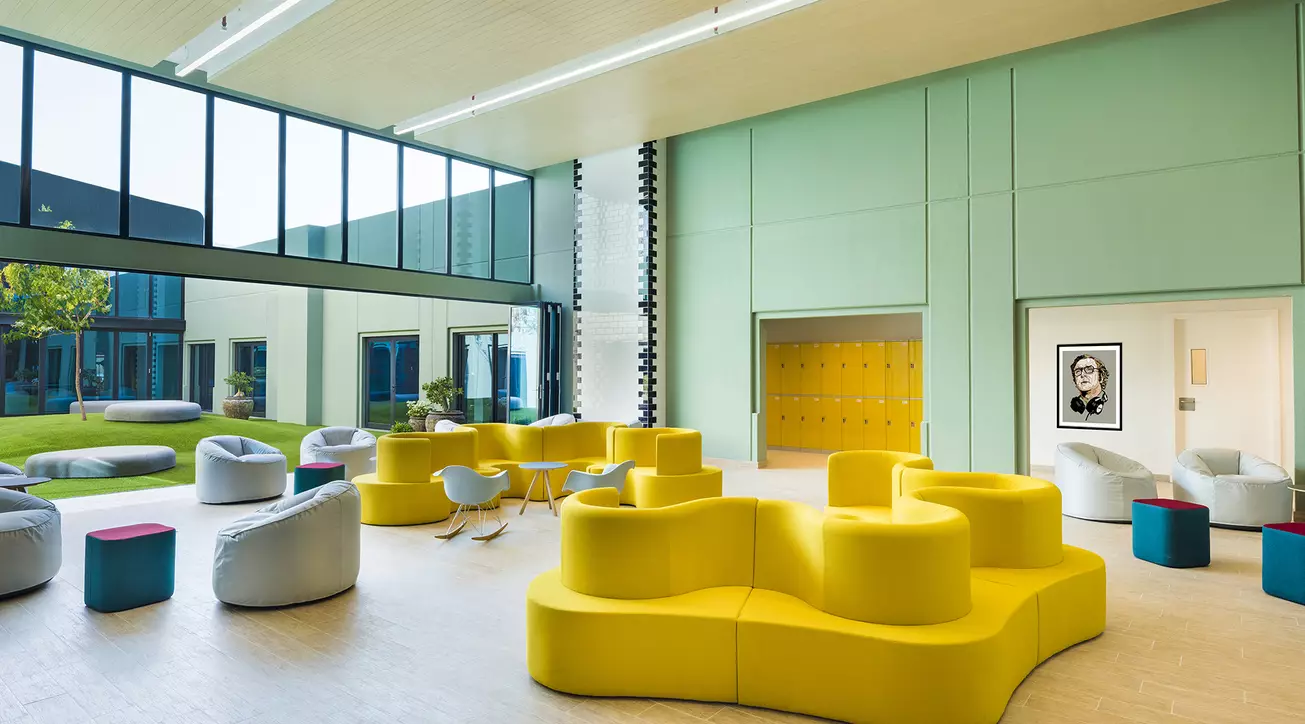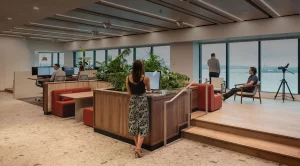- 19 October 2023
- 90
Designing Commercial Spaces: The Art of Form and Function

Introduction
Designing commercial spaces is a delicate dance between art and practicality, where every element plays a crucial role in shaping the experience. This article delves into the world of commercial space design, unveiling the key principles, innovative trends, and the elegant harmony between aesthetics and functionality that defines this dynamic field.
The Intersection of Aesthetics and Practicality
Commercial space design is a realm where aesthetics and functionality converge. A well-designed commercial space not only delights the eyes but also caters to the diverse needs of its occupants. Achieving a perfect balance between form and function is the ultimate goal.
Principles of Commercial Space Design
1. Spatial Efficiency
Efficient space utilization is at the core of functional design. It involves creating layouts that maximize usable areas while allowing for flexibility and adaptability. An intelligently designed space optimizes workflow, enhances productivity, and can adapt to the evolving needs of a business.
2. Sustainability
Sustainability is a non-negotiable aspect of modern commercial space design. It involves the use of eco-friendly materials, energy-efficient systems, and sustainable practices to minimize environmental impact and reduce operational costs.
3. Human-Centric Design
Prioritizing human well-being is crucial. Design elements such as natural lighting, indoor air quality, ergonomic furniture, and thoughtful spatial planning contribute to creating spaces that promote health, comfort, and productivity.
4. Brand Identity and Aesthetics
The aesthetics of a commercial space play a pivotal role in conveying brand identity and making a lasting impression on clients and customers. Every design choice, from colors to materials, should align with the brand’s values and messaging.
Innovative Trends in Commercial Space Design
1. Biophilic Design
Biophilic design integrates nature into the workspace. Elements like indoor plants, natural materials, and outdoor workspaces can improve employee well-being, creativity, and overall satisfaction.
2. Smart Buildings
The integration of technology into building design is transforming commercial spaces. Smart buildings offer advanced energy management, security, and comfort through automation and data-driven systems.
3. Mixed-Use Spaces
Commercial spaces are increasingly adopting mixed-use designs, combining retail, office, and residential areas. This trend promotes urban vibrancy, fosters a sense of community, and maximizes the use of urban space.
4. Adaptive Reuse
Preserving historic or disused structures through adaptive reuse is a sustainable and aesthetically rich trend. It adds character and uniqueness to a space, making it a focal point of creativity and innovation.

Achieving the Perfect Balance
In commercial space design, the perfect balance between form and function is the key to success. It’s about creating spaces that are not just visually appealing but also highly practical. When these elements complement each other, the result is a space that is both beautiful and highly functional.
The Future of Commercial Space Design
The future holds exciting developments for commercial space design:
- Net-Zero Energy Buildings: These structures produce as much energy as they consume, reducing environmental impact and energy costs.
- Advanced Virtual Reality Modeling: Virtual reality tools will continue to revolutionize the design process, enabling architects and clients to immerse themselves in the planned space before construction begins.
- Sustainable and Human-Centric Design: Sustainability and human-centric design will remain at the forefront, shaping the industry’s future.
Conclusion
Designing commercial spaces is an artful and innovative endeavor. It’s about creating environments where form and function converge in perfect harmony. With the right blend of aesthetics, functionality, and forward-thinking design, commercial spaces can become not just functional places but also inspiring environments that leave a lasting impression on all who enter. This field is a testament to the boundless creativity and innovation within the world of architecture and design.

